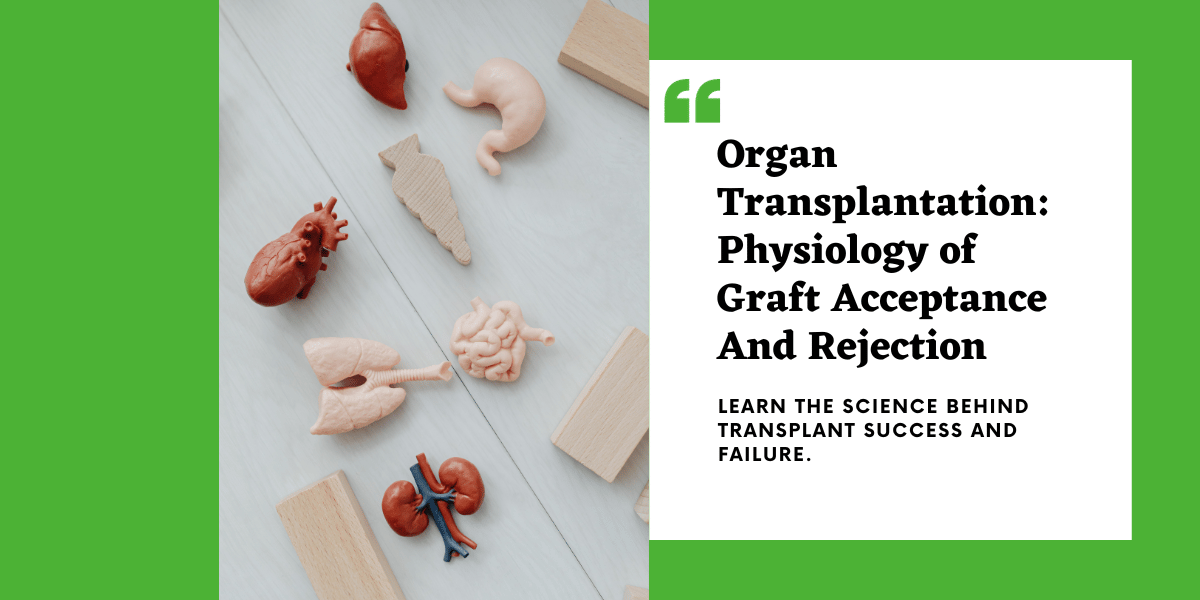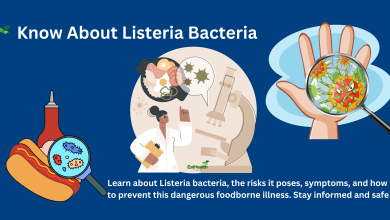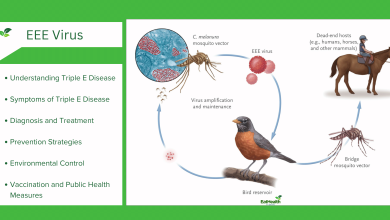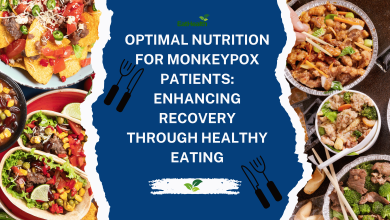Organ Transplantation: Physiology of Graft Acceptance And Rejection
Decoding the Complexities: A Deep Dive into Organ Transplantation Physiology
Organ Transplantation Unraveled: The Physiology of Graft Acceptance and Rejection
Organ transplantation stands as a beacon of hope in modern medicine, promising renewed life for countless individuals. But beneath the surface of this medical marvel lies a profound physiological challenge: the delicate balance between graft acceptance and rejection. In this in-depth exploration, we dissect the intricate mechanisms governing this phenomenon, shedding light on the body’s response to transplanted organs, the factors influencing acceptance, and the heartbreaking reality of rejection. Join us on this journey through the physiological labyrinth of organ transplantation.
I. The Symphony of Immune Responses: Understanding the Body’s Defense
Delve into the orchestra of immune responses triggered by organ transplantation. Unravel the complexities of the immune system’s recognition mechanisms, exploring how it distinguishes between self and non-self. Gain insight into the role of T cells, B cells, antibodies, and cytokines in orchestrating the body’s defense against foreign invaders, including transplanted organs.
II. The Miracle of Compatibility: Matching Donors and Recipients
Peer into the world of tissue compatibility and human leukocyte antigens (HLAs). Understand the significance of meticulous matching between donors and recipients, exploring the nuances of HLA typing and its impact on graft acceptance. Delve into the advancements in compatibility testing, highlighting the strides made in minimizing rejection risks.
III. The Tightrope Walk: Immunosuppression and Its Challenges
Immunosuppressive therapies play a pivotal role in transplant medicine. Dive deep into the realm of immunosuppressive drugs, examining their mechanisms of action, benefits, and potential side effects. Explore the challenges faced in achieving the delicate balance between suppressing the immune response to prevent rejection while preserving the body’s ability to fight infections and cancer.
IV. When Hope Meets Heartbreak: Causes and Types of Rejection
Face the harsh reality of rejection, exploring its various forms and underlying causes. From acute cellular rejection to chronic rejection, dissect the physiological processes that lead to the loss of a transplanted organ. Understand the impact of factors such as ischemia-reperfusion injury, antibodies, and infections in triggering rejection episodes, unraveling the complexities of this devastating outcome.
V. Beyond Rejection: Innovations and Future Frontiers
Peer into the future of organ transplantation, where science meets hope. Explore groundbreaking innovations such as organoids, xenotransplantation, and gene editing, promising to revolutionize the field. Delve into the ethical considerations surrounding these advancements, contemplating the possibilities and challenges that lie ahead in the quest for enhancing graft acceptance and patient outcomes. Sedentary Lifestyle and Its Impact on the Body
Conclusion: Bridging the Gap Between Science and Compassion
As we conclude this odyssey through the physiology of organ transplantation, we stand at the intersection of science and compassion. The journey to improving graft acceptance and preventing rejection is ongoing, fueled by the dedication of medical professionals, researchers, and the resilience of transplant recipients. Let this knowledge inspire us to advocate for further research, funding, and awareness, bridging the gap between scientific advancements and the hopeful hearts awaiting life-saving transplants.





